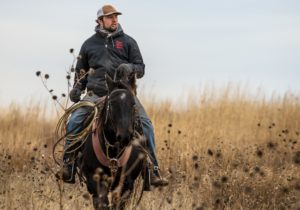 Agriculture Secretary Sonny Perdue today announced the appointment of 35 members to the Cattlemen’s Beef Promotion and Research Board also known as Cattlemen’s Beef Board (CBB). Producers and importers newly appointed to serve 3-year terms are:
Agriculture Secretary Sonny Perdue today announced the appointment of 35 members to the Cattlemen’s Beef Promotion and Research Board also known as Cattlemen’s Beef Board (CBB). Producers and importers newly appointed to serve 3-year terms are:
- Mary Jo Rideout, Red Rock, Arizona
- Hugh Sanburg, Eckert, Colorado
- Stephanie Dykshorn, Ireton, Iowa
- David C. Bruene, Kelley, Iowa
- Randall W. Debler, Alma, Kansas
- DJ Edwards, Hamilton, Kansas
- Amelia Kent, Slaughter, Louisiana
- Ken Blight, Albion, Michigan
- Penny Zimmerman, Foley, Minnesota
- Larry Jefcoat, SoSo, Mississippi
- David B. Hutsell, Hartville, Missouri
- Bree A. DeNaeyer, Seneca, Nebraska
- David W. Hamilton, Thedford, Nebraska
- Robert Crabb Jr., Siler City, North Carolina
- Bill King, Moriarty, New Mexico
- Angie Meyer, Okarche, Oklahoma
- Vaughn Thorstenson, South Dakota
- Eric Sumption, Frederick, South Dakota
- Kristina Oldfield McKee, Lebanon, Tennessee
- Ernie A. Morales, Devine, Texas
- Bilynn Johnson, Happy, Texas
- Charlie Price, Oakwood, Texas
- Don Smith, Sulphur Springs, Texas
- Wallace Schulthess, Woodruff, Utah
- Bob Mitchell, Wauzeka, Wisconsin
- Terry Quam, Lodi, Wisconsin
- Irvin J. Petsch, Wyoming
- Jack Parent, Swanton, Vermont, Northeast Unit
- C.W. Senn Jr., York, South Carolina, Southeast Unit
- Rocky Pinheiro, Glenn, California, Southwest Unit
- Melvin Medeiros, Laton, California, Southwest Unit
- Ruby L. Uhart, Wells, Nevada, Southwest Unit
- Steven Hobbs, Larkspur, Colorado, Importer
- Nicholas Brander, Wilmette, Illinois, Importer
- Fred A. Sorbello, Mullica Hill, New Jersey, Importer
The board is authorized by the Beef Promotion and Research Act of 1985 and has 99 members — all of whom are beef producers or importers of cattle, beef or beef products.
More information about the board and list of board members is available on the Agricultural Marketing Service Cattlemen’s Beef Board web page.
Since 1966, Congress has authorized the establishment of 22 industry-funded research and promotion boards. They empower farmers and ranchers to leverage their own resources to develop new markets, strengthen existing markets and conduct important research and promotion activities. USDA’s Agricultural Marketing Services provide oversight, paid for by industry assessments, which ensures fiscal accountability and program integrity.
Contact Information:
Carl E. Purvis, carl.e.purvis@usda.gov, 202 690-0488, Release No.: 181-18

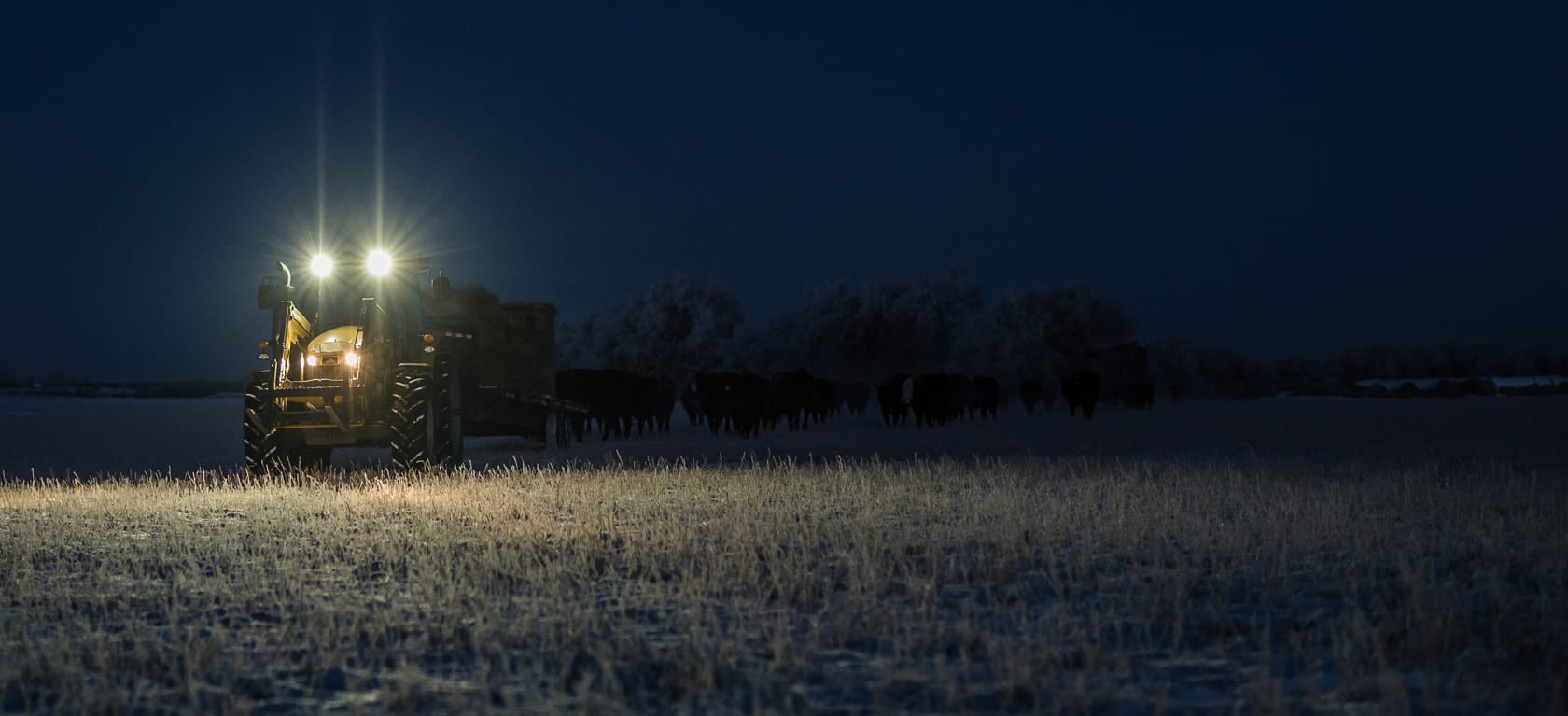
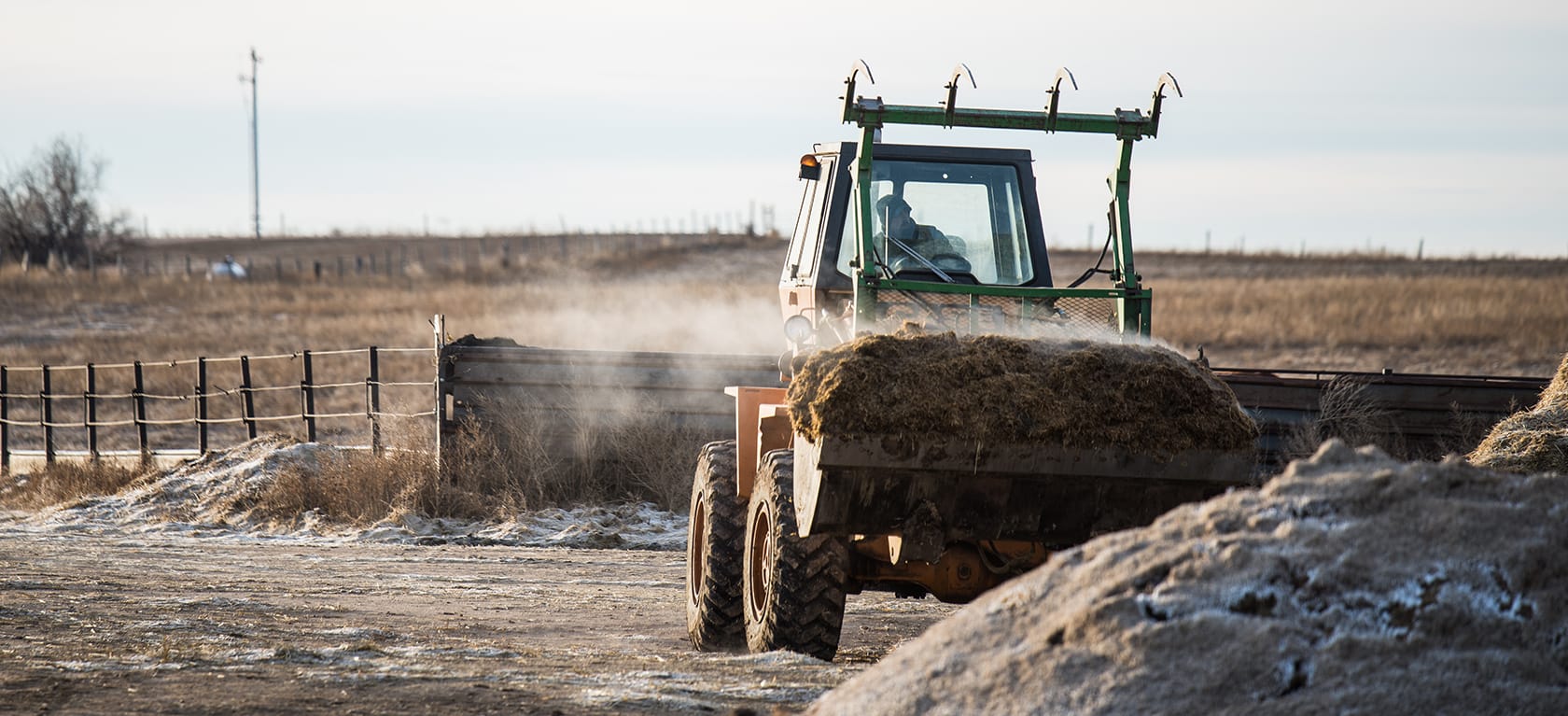

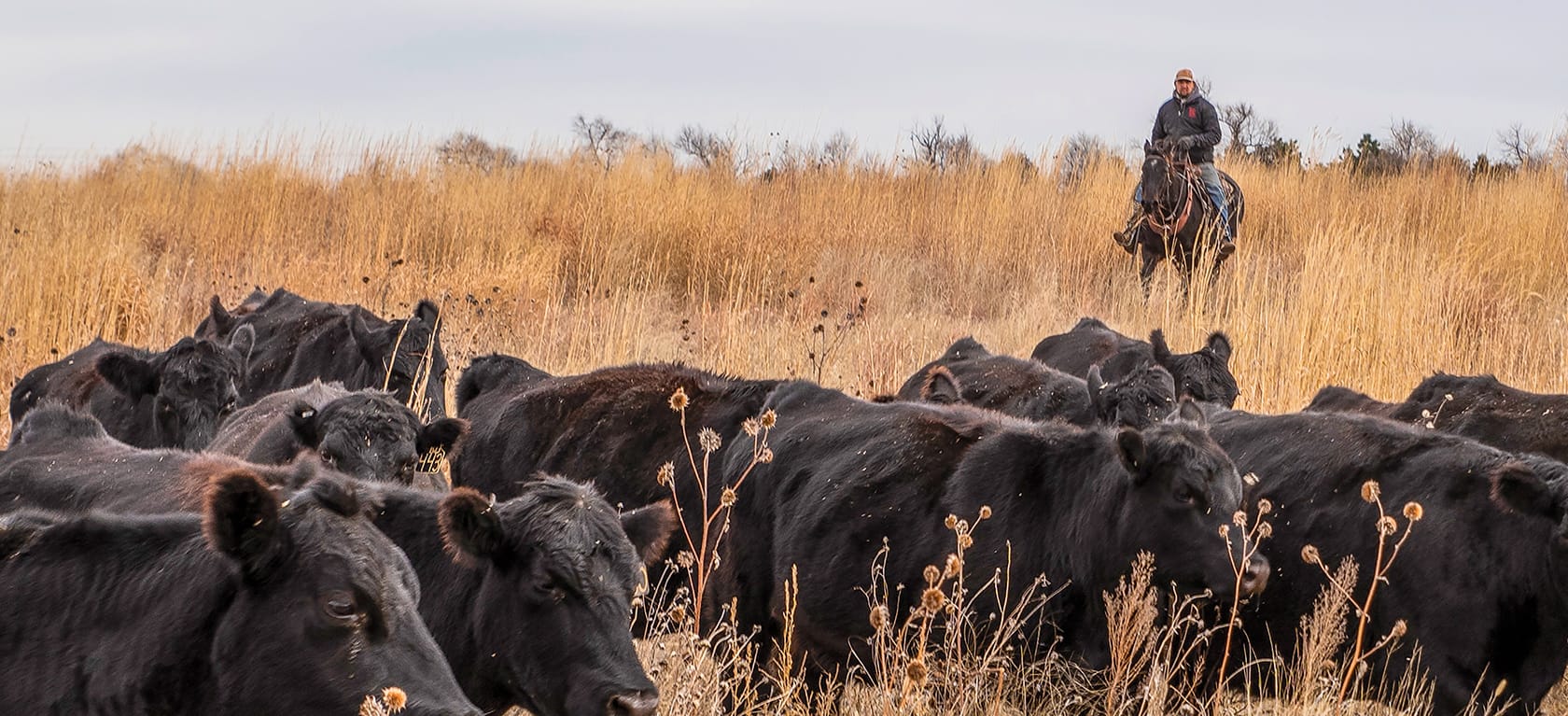
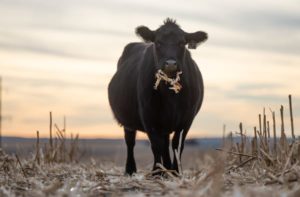 Without this imported trim, the U.S. beef supply would run far short of the lean ground beef required to meet that consumer demand. A growing number of consumers say they would turn to other, leaner protein options if lean ground beef was unavailable or too expensive.
Without this imported trim, the U.S. beef supply would run far short of the lean ground beef required to meet that consumer demand. A growing number of consumers say they would turn to other, leaner protein options if lean ground beef was unavailable or too expensive.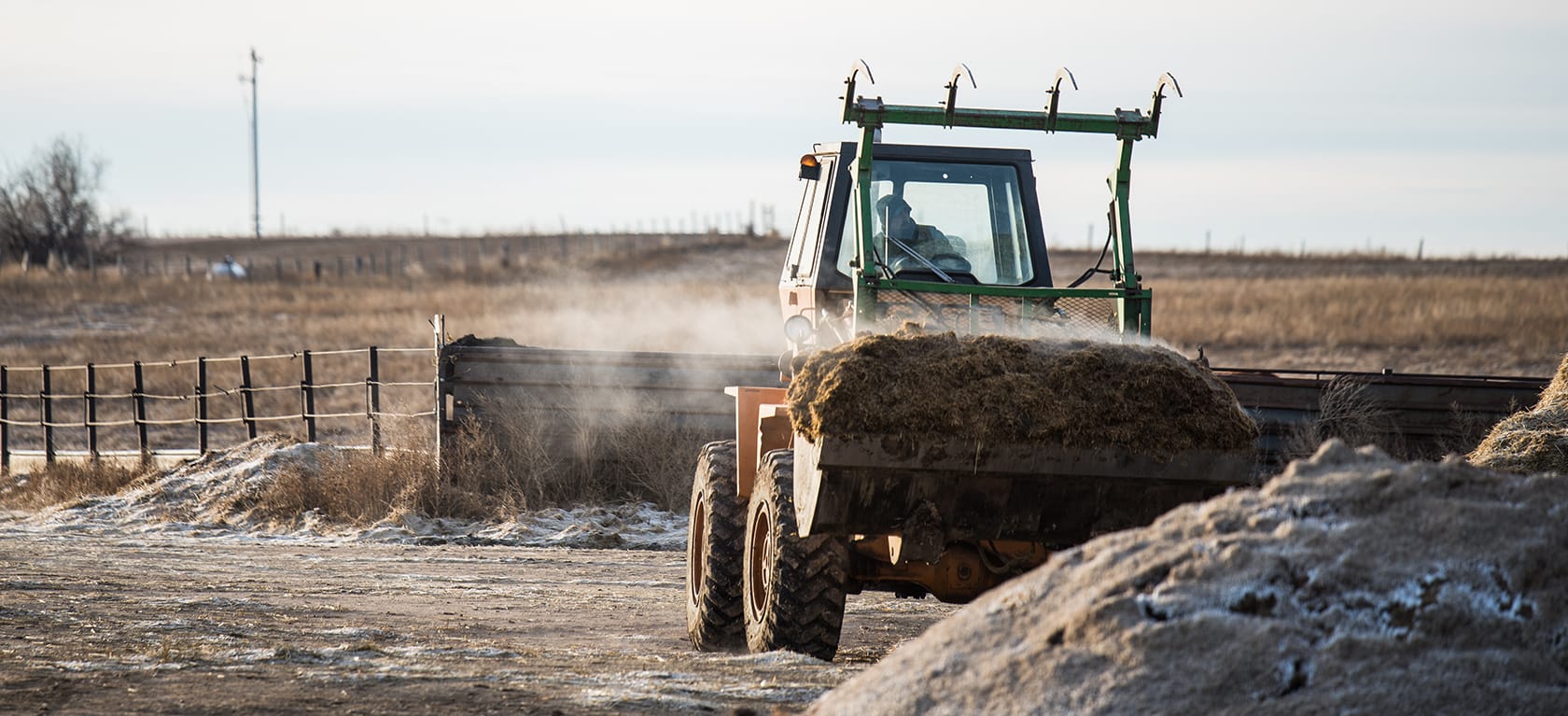
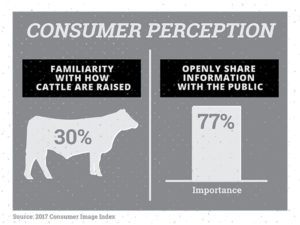
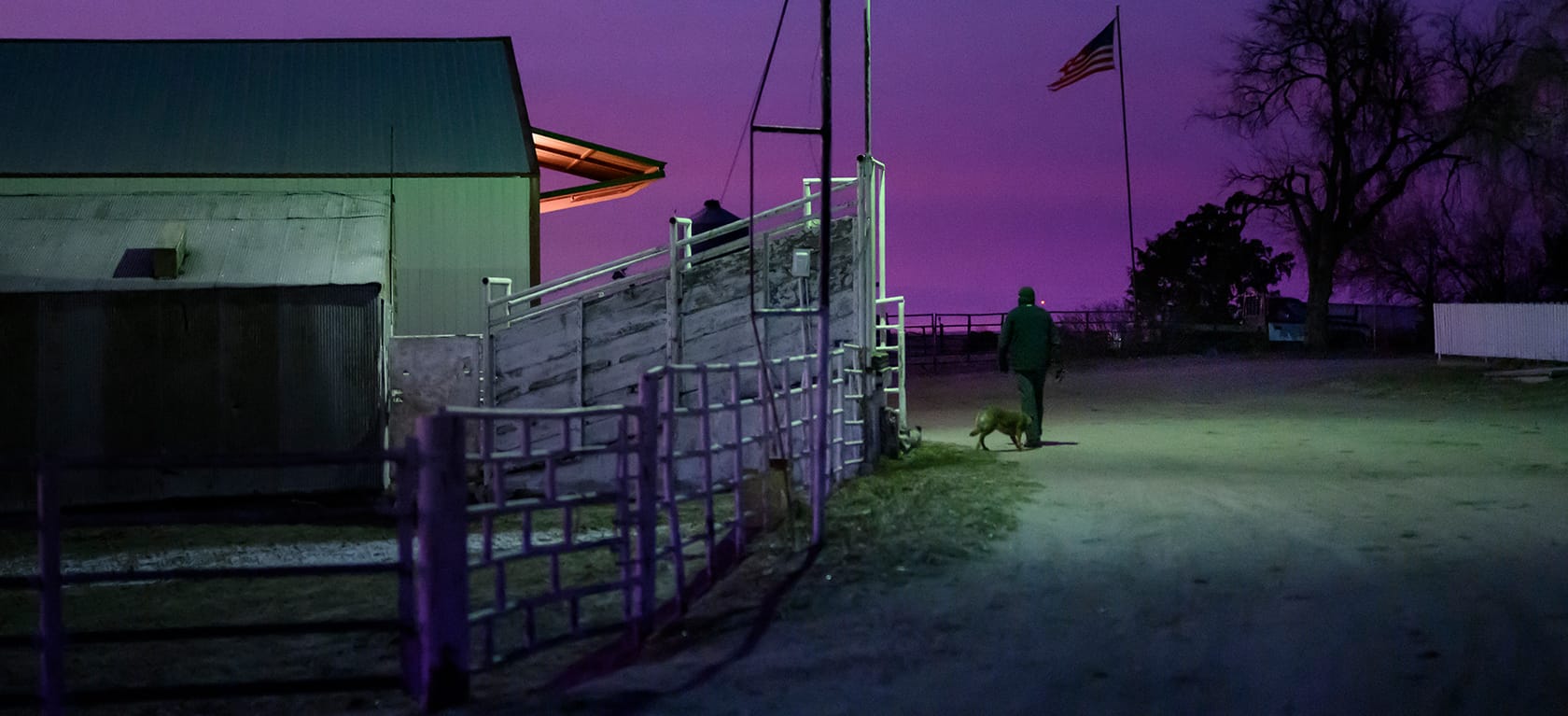
 When asked about checkoff activities, two out of three producers said “informing producers about the results of beef checkoff programs” was essential. The Cattlemen’s Beef Board invests a small percentage (about 3.5 percent) of its total budget to keep all producers informed about what their money is accomplishing. This year, funding will be spent on an initiative called
When asked about checkoff activities, two out of three producers said “informing producers about the results of beef checkoff programs” was essential. The Cattlemen’s Beef Board invests a small percentage (about 3.5 percent) of its total budget to keep all producers informed about what their money is accomplishing. This year, funding will be spent on an initiative called 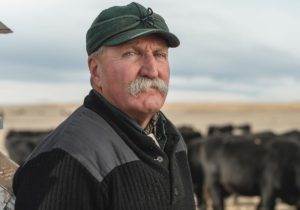 We all know that our industry continues to face challenges from various action groups.
We all know that our industry continues to face challenges from various action groups. 
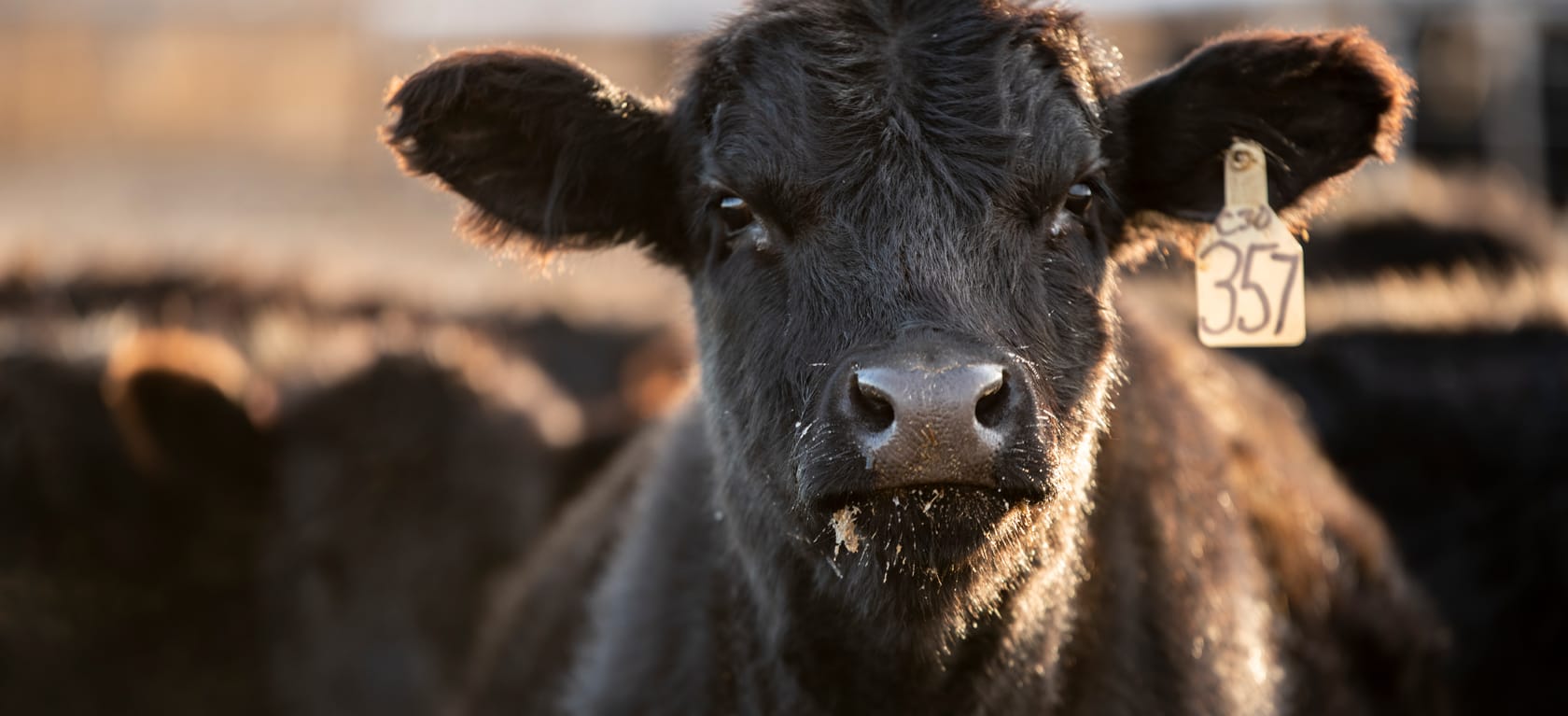
 Donna Moenning, a facilitator of the
Donna Moenning, a facilitator of the 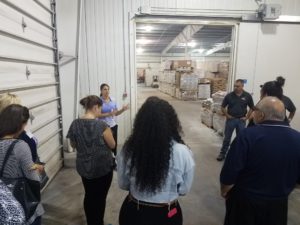
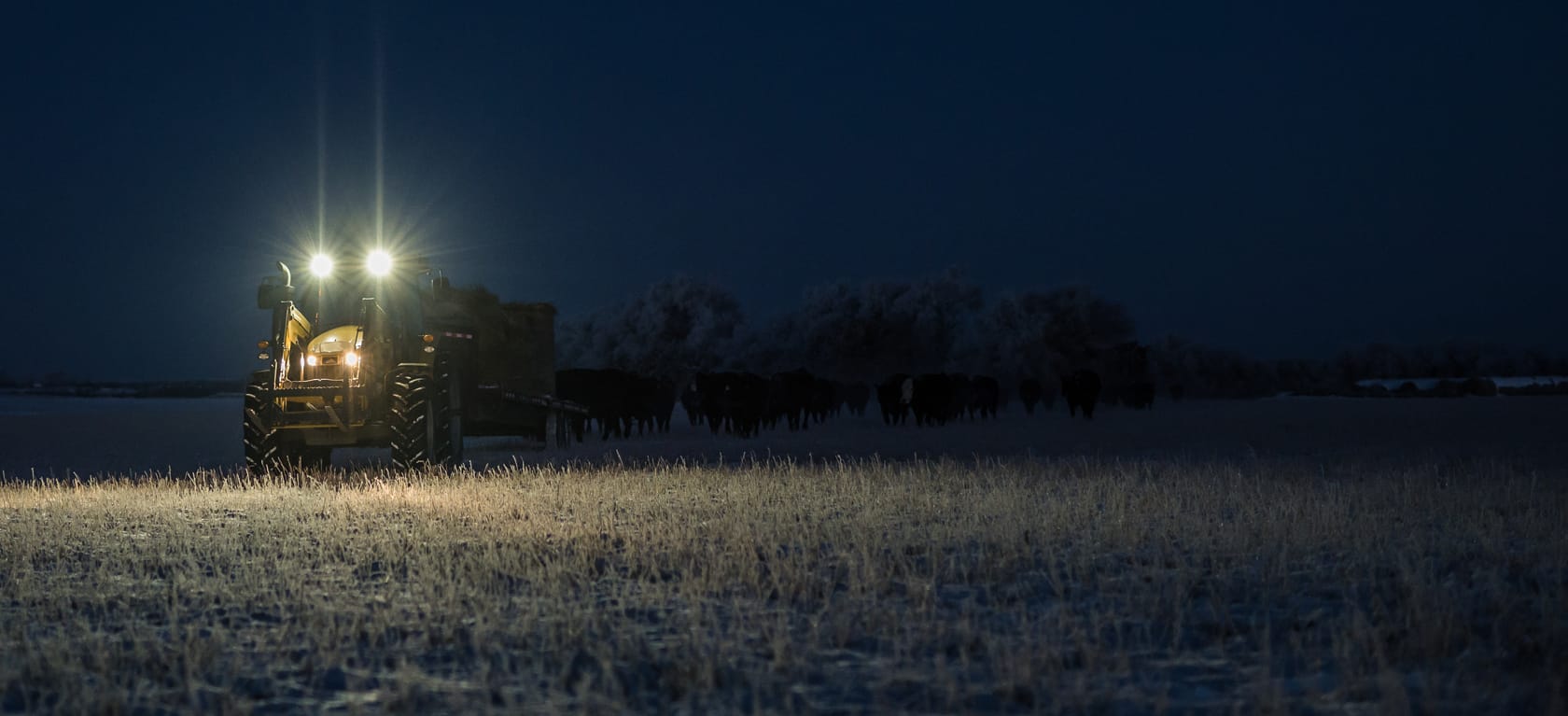
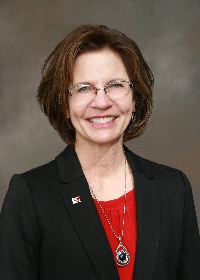
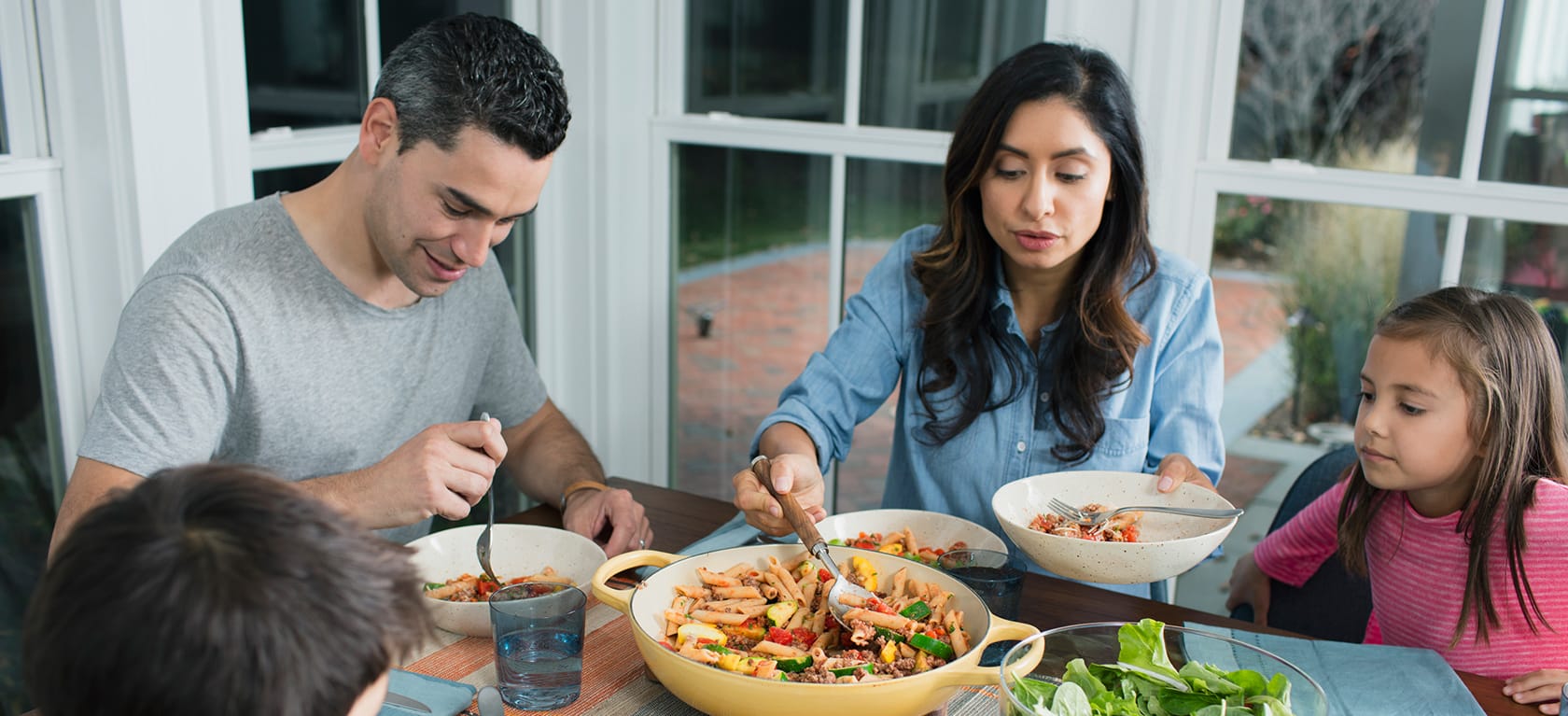
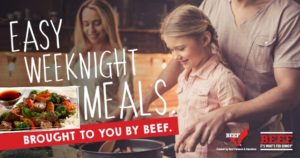
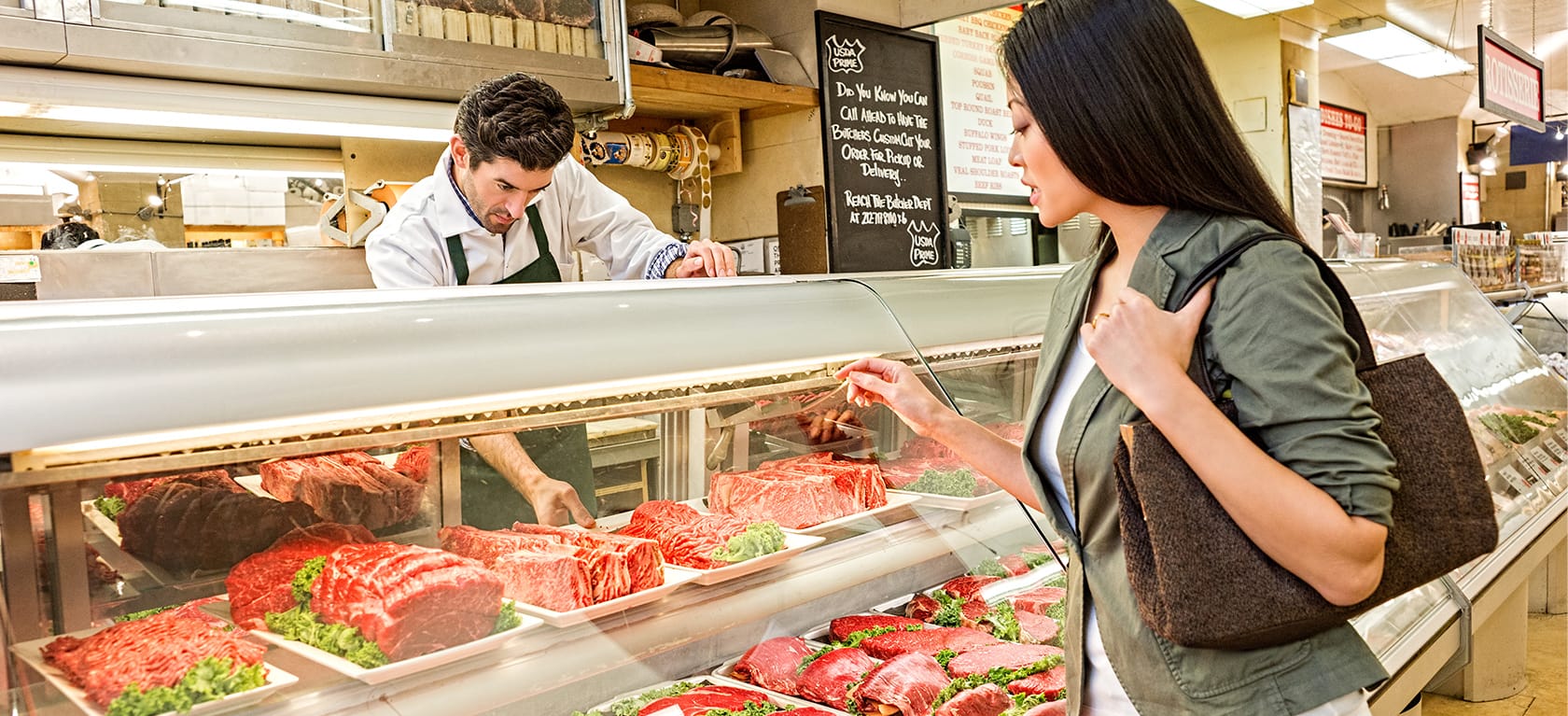
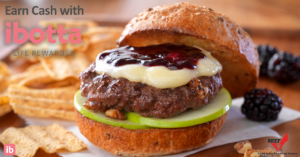 Long gone are the coupon clipping days and instead, modern shoppers can access recipes, cooking tips and product rebates right from their smartphones. The checkoff continues to find value in focusing on influencing the shopper’s buying decision before they step foot inside the grocery store.
Long gone are the coupon clipping days and instead, modern shoppers can access recipes, cooking tips and product rebates right from their smartphones. The checkoff continues to find value in focusing on influencing the shopper’s buying decision before they step foot inside the grocery store. 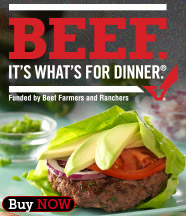 Additionally, the Beef Checkoff’s NEBPI partnered with the East Coast online retailer giant,
Additionally, the Beef Checkoff’s NEBPI partnered with the East Coast online retailer giant, 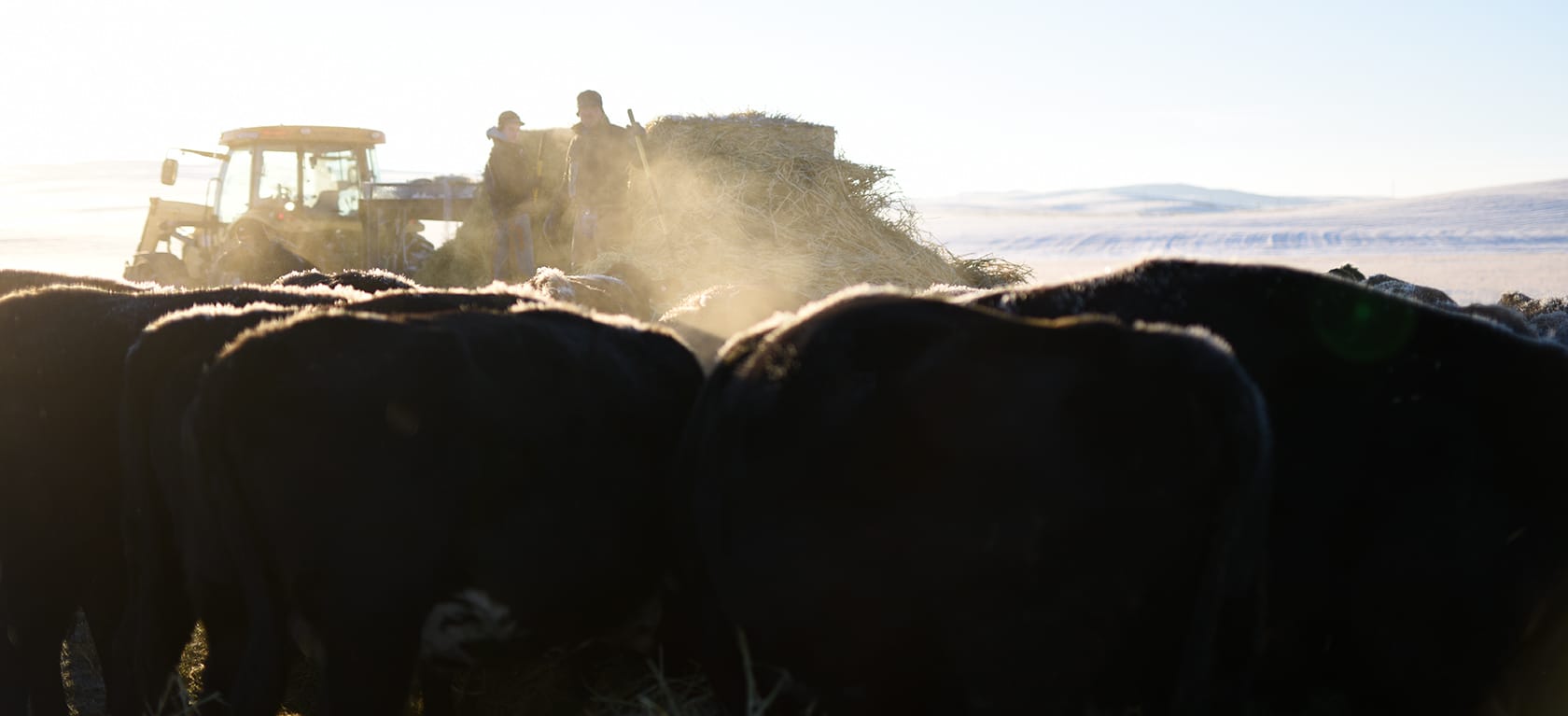
 We heard that beef meals are a favorite on school lunch menus across Pennsylvania and we encouraged attendees to learn more about beef at the conference. The Pennsylvania Beef Council (PBC) and the Beef Checkoff’s Northeast Beef Promotion Initiative (NEBPI) are a year-long sponsor with the association, which enables beef to be a resource and exhibit at their annual meeting. This year, foodservice directors had the opportunity to attend the speaking session titled “Meet the People Behind Beef,” an interactive discussion session highlighting beef’s nutrient density and facilitated a question and answer segment with a local beef producer, veterinarian and meat scientist.
We heard that beef meals are a favorite on school lunch menus across Pennsylvania and we encouraged attendees to learn more about beef at the conference. The Pennsylvania Beef Council (PBC) and the Beef Checkoff’s Northeast Beef Promotion Initiative (NEBPI) are a year-long sponsor with the association, which enables beef to be a resource and exhibit at their annual meeting. This year, foodservice directors had the opportunity to attend the speaking session titled “Meet the People Behind Beef,” an interactive discussion session highlighting beef’s nutrient density and facilitated a question and answer segment with a local beef producer, veterinarian and meat scientist.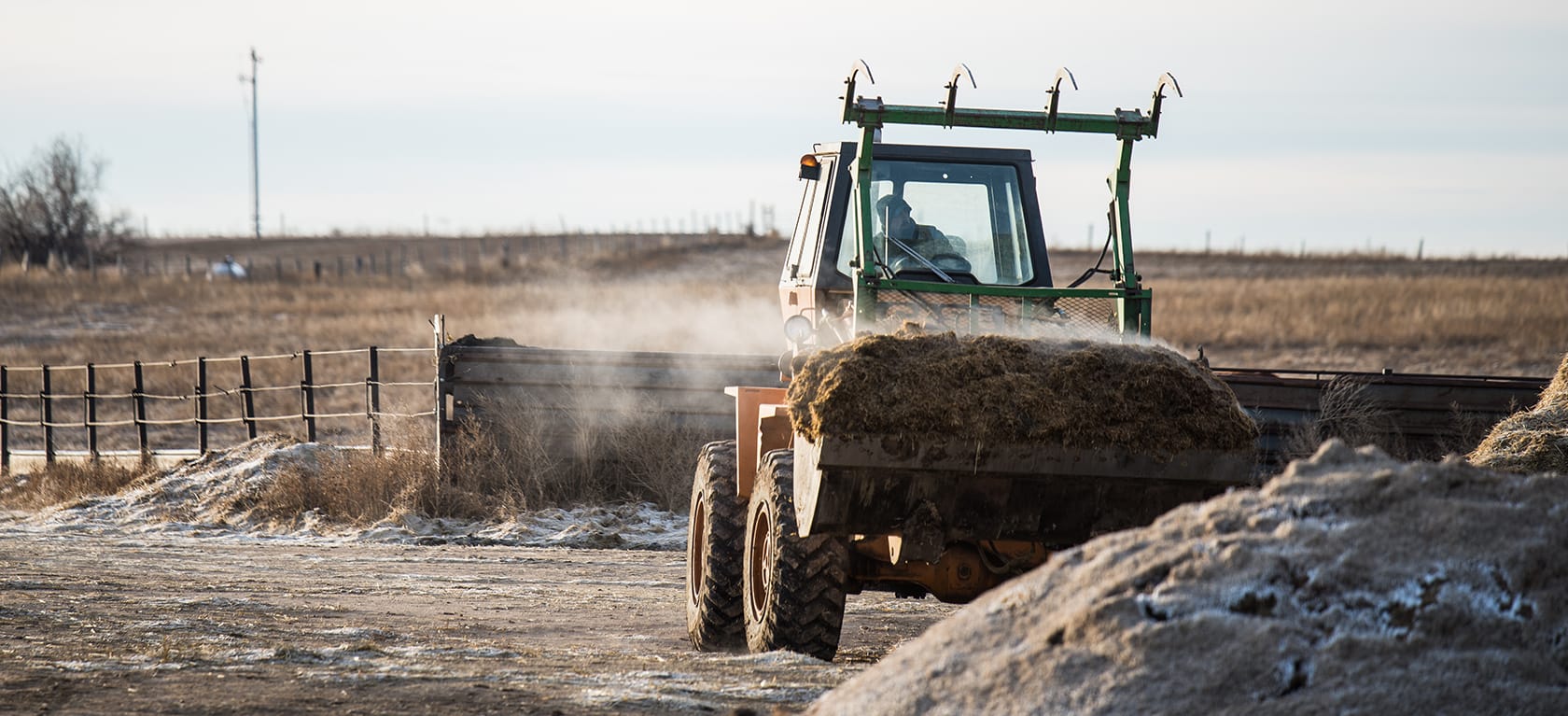
 The tour was held June 25-27, and featured a visit to a cow-calf ranch, feedlot, and the JBS beef processing facility in northern Colorado. Attendees also took part in presentations from beef experts to help reinforce beef’s role in a sustainable food system, received ideas for incorporating sensory and beef umami exercises into their classrooms, and had an opportunity to participate in a beef cooking competition that demonstrated their culinary talents.
The tour was held June 25-27, and featured a visit to a cow-calf ranch, feedlot, and the JBS beef processing facility in northern Colorado. Attendees also took part in presentations from beef experts to help reinforce beef’s role in a sustainable food system, received ideas for incorporating sensory and beef umami exercises into their classrooms, and had an opportunity to participate in a beef cooking competition that demonstrated their culinary talents.